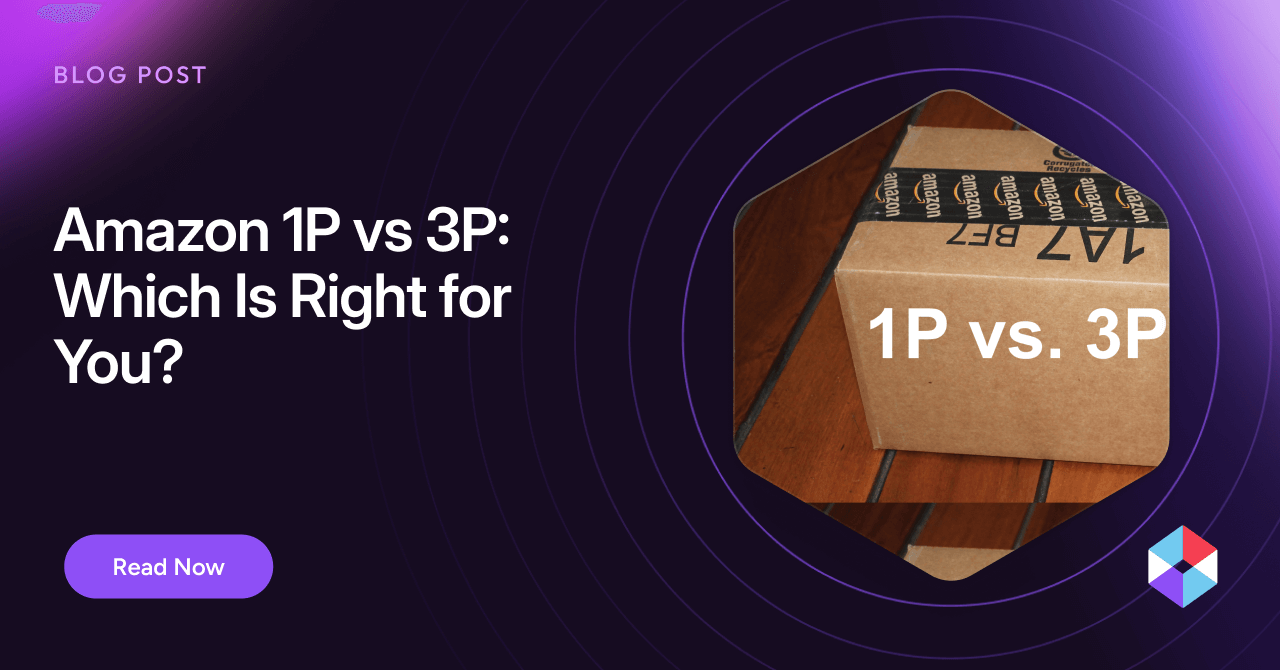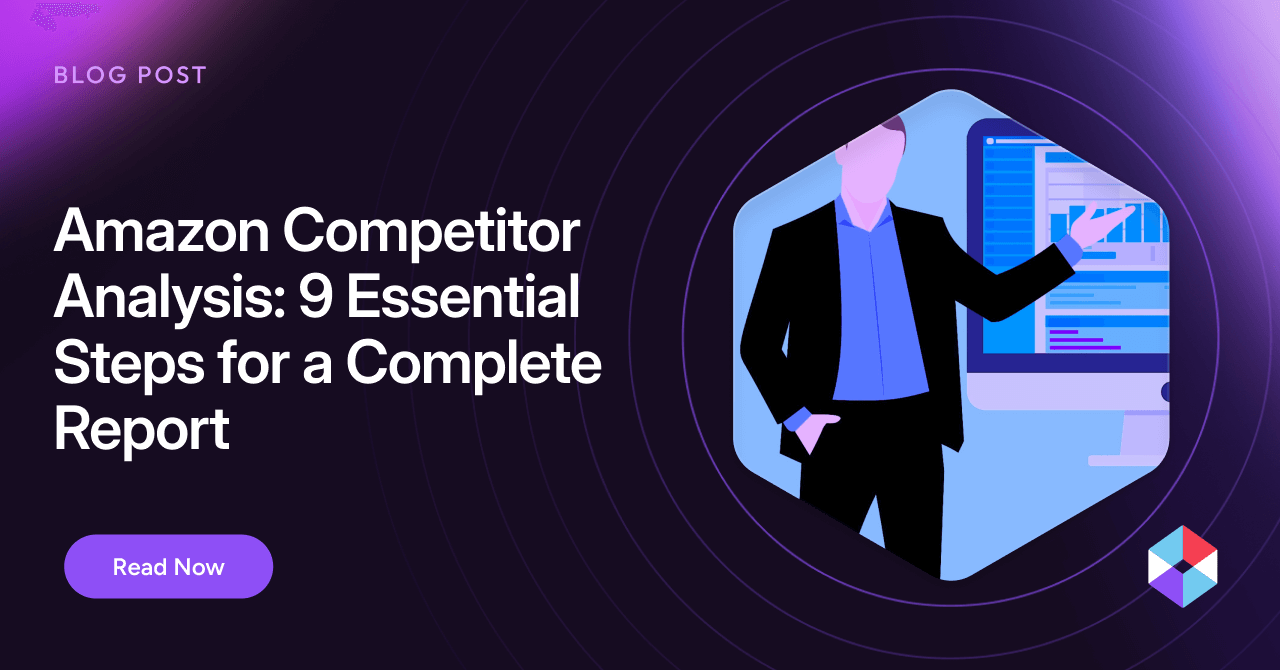As companies look to accelerate their digital transformation, it is natural that artificial intelligence and machine learning rank high on their technology priorities. AI and ML provide vital tools for processing ‘big data.’ So as organizations continue collecting a greater variety of data, generated at higher velocities, and stored in ever greater volumes, it is natural that they turn to AI to scale out their analysis of that information.
However, one major impediment has held back most organizations from deploying AI: the skills required to develop models and solutions are hard to come by. That makes proprietary development not only costly but time-consuming. Even for those that can afford internal teams of developers, it is not always easy to ensure business executives (who understand what they are looking to derive from their analysis) and data scientists (who know how to develop and operate AI models) are on the same page, with miscommunication adding further delays and complications.
Introducing the No Code AI platform
The no code AI platform has emerged as a natural solution to bridge this gap. A successful no code AI platform empowers business users to leverage AI and ML algorithms directly, just as easily as they would use a spreadsheet or other business intelligence tools. But to service a wide range of potential users, such platforms not only need to be user-friendly, they also need to be flexible enough to accommodate a variety of use cases.
To ensure that kind of flexibility, it is important that no code AI platforms take a modular approach. That means offering discrete functionality designed for a specific purpose, but that can be combined and arranged into broader workflows and orchestrated to run automatically at scheduled intervals.
Functionality also needs to be focused around specific business areas – such as e-commerce, sales operations, or lead scoring. Supplying business users with generic AI tools is unlikely to yield successful results. What they really need is the ability to orchestrate their own workflows (to gather data, enrich it, model it and integrate the output of their analysis), but using specialized tools that have already been proven to be effective.
Data gathering
Google research director Peter Norvig once famously said “we don’t have better algorithms, we just have more data.” The quote points to the fact that AI/ML models thrive on access to data. It is therefore vital that a no code AI platform simplifies the process of gathering data from a range of key sources.
From an enterprise perspective, key sources of data include:
- Enterprise Data Warehouses/Lake: Modern data organizations collect core enterprise data into a central data warehouse (or lakehouse) such as Google BigQuery, Amazon RedShift, or Snowflake. A no code AI platform needs to make it easy to connect and extract data from those data warehouses for use in downstream modeling.
- Operational Systems: Not all enterprise data is readily available in the data warehouse, so purpose-built connectors to enterprise applications such as CRM or inventory management systems can also be valuable, helping to automate data extraction for use downstream.
- Spreadsheets: Given that analysts regularly use applications such as Excel or Google Sheets as a key part of their workflow, it is useful to easily extract data from spreadsheets.
Data enrichment
In building out scalable AI enterprise analytics, automation plays a key role. Algorithmic processes can be very useful at enriching data sets by adding complementary data gleaned from public sources. This then provides a much richer data set that can be analyzed downstream using AI/ML models.
However, being able to automatically enrich datasets is a complex data management challenge in itself. Research is required to identify optimal sources of data for each use case. Those data sources then need to be harmonized into a common schema, and the newly enriched data needs to be transformed into a format suitable for both human and algorithmic consumption.
Examples of data enrichment include:
- Enriching product IDs with product information (including descriptions and pricing information) and other meta-data
- Enriching addresses with nearby points of interest, local weather information or demographic data
- Enriching company names with company earnings and announcements
Modeling/analytics
This is where artificial intelligence really comes into play. Modelling can involve using AI/ML to train predictive or unsupervised models, using pre-trained generic models or statistical models and heuristics to predict likely outcomes. It is important that models are designed for specific business use cases (as opposed to those typically offered via generic autoML platforms), and therefore work on prescribed inputs to generate desired outputs using well-defined schemas.
- Training a predictive sales model using historical sales performance data
- Clustering search data into meaningful purchase intent
- Topic and sentiment extraction from product reviews
- Detecting outliers in website conversion data
- Estimating search volume for keywords or search phrases
Integrating AI outputs
Having gathered, enriched, and modeled data, the output of that analysis typically needs to be injected back into an organization’s workflow. This can be as simple as providing results in a spreadsheet, automatically updating a table within a data warehouse, or populating business intelligence dashboards. The need to support a variety of different outputs means it is important for no code AI platforms to publish data in a variety of formats.
Workflow automation
Once all of the key components of a data workflow have been linked together, they can then be scheduled to run automatically. These workflows could be triggered on a regular basis to support ongoing analyses, such as the daily refresh of revenue projections used by finance teams in Tableau dashboards, flagging ‘hot leads’ within a CRM system by scoring them using a pre-trained machine learning model, or regularly optimizing product descriptions and meta-data to improve search rankings on e-commerce platforms.
Alternatively, they could be run to support one-off events, such as analysis of consumer sentiment and competitive data for a new product launch, or identification of core sales drivers for use in an ad hoc business review.
Bringing it all together
Together, these capabilities – the ability to gather data, enrich it, analyze it and incorporate the output of that analysis into your workflow – form the cornerstones of a successful no code AI platform. The goal should not be to automate away the role of business analysts, but rather to augment their ability to process larger volumes of data, and derive novel and accurate insights more quickly.
For more information on how AI/ML is being used to augment human intelligence, read our two-part blog (Part 1 and Part 2).



